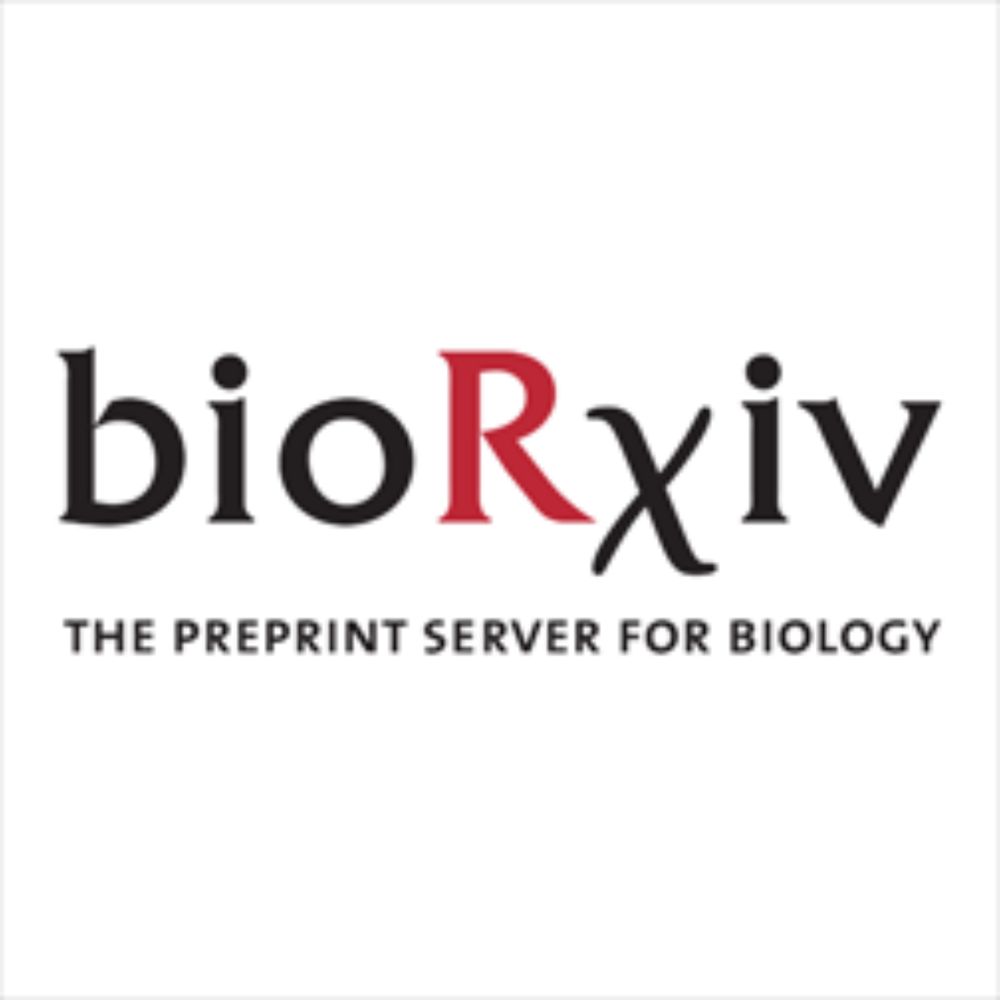
TF-MAPS: fast high-resolution functional and allosteric mapping of DNA-binding proteins by @XianghuaLi2
Are Transcription Factors really 'undruggable'?
www.biorxiv.org/content/10.1...
@maxstammnitz.bsky.social
Postdoc at @crg.eu Barcelona, previously PhD at Cambridge University Genomics | Mutational Scanning | Molecular Evolution 🧬🌱 www.pyrisentinel.eu ⛰️🌊 www.puntseq.com

TF-MAPS: fast high-resolution functional and allosteric mapping of DNA-binding proteins by @XianghuaLi2
Are Transcription Factors really 'undruggable'?
www.biorxiv.org/content/10.1...


Why fundamental research is fundamental to progress, seeding major breakthroughs
Editorial @nature.com this week
And 7 basic science discoveries that changed the world
nature.com/articles/d41...
nature.com/articles/d41...

Are you looking for a PhD? Join us in Barcelona! You'll dive into a community of >100 PhD students from 30 countries exploring the frontiers of biology. You can also join an online workshop on 6 November (15:00 CET) to learn how to find the right lab for you.
More info: www.crg.eu/en/content/t...
Congrats @ferriol.bsky.social and co!!
09.10.2025 18:35 — 👍 1 🔁 0 💬 0 📌 0
Opportunity for a Master’s/Bachelor’s student:
- Join us for up to 5 months 🗓️
- Build computational/mathematical models 💻
- Learn about genotype-phenotype maps and evolution 🧬
- Work closely with PhD student Manuela Giraud - full info here:
www.crg.eu/en/content/t...


🚨JOB ALERT🚨
FRIENDS PLEASE SPREAD and RT
We are building a small expert team within the @bokelab.bsky.social at @crg.eu @prbb.org to investigate fundamental questions in oocyte cell biology, focusing on how proteostasis regulation influences dormancy and fertility.
See below 2 calls👇

O maior fotógrafo do Brasil e um dos maiores do mundo descansa hoje. Vá em paz, Sebastião Salgado.
23.05.2025 15:24 — 👍 243 🔁 54 💬 2 📌 1🎲 Our paper on the genetics, energetics, and allostery in proteins with randomized cores and surfaces is out today @science.org!
🧬 By charting a protein’s sequence universe, we could rationalize which versions were kept through evolution – and why many stable ones were not.

... so please have a look at our preprint and get in touch if you’d like to learn more, explore and use the data, etc 🙂
AND: definitely also check out @taylor-mighell.bsky.social's fascinating story on GPCRs – with even more receptor dose-response curves!
www.biorxiv.org/content/10.1...
[7/7]
Deep mutational scanning is developing really fast. One of the new directions lies in the exploration of larger, more dynamic proteins. Another in the study of small-molecule interactions.
Chemically inducible receptors and other glueable dimerisation systems offer us one way forward …
[6/7]
These rich data allow us to fit thousands of dose-response curves.
With these we can systematically compare mutants’ key signalling parameters including basal phosphatase binding, hormone sensitivity and maximum response.
And there are lots of cool examples & correlations, surprises … 🔎🕵️💚
[5/7]

Now what does one get out of this??
A massive map of position-, amino acid-, and small-molecule concentration-dependent variant effects!
[4/7]

To better understand this ABA receptor’s genetic encoding, we mutated every position to all 20 amino acids.
A glueable protein complementation assay (GluePCA) then allowed us to measure the relative binding strength of each receptor variant vs. phosphatase – at 12 different dosages of ABA.
[3/7]
PYR/PYL receptors (grey) are key to plant water homeostasis and stress signalling. 💦🌱🌞
Abscisic acid ('ABA', green), is bound through a deep hydrophobic pocket. This triggers the allosteric closure of two loops which generate a new binding interface with response phosphatases (white).
[2/7]

1 plant hormone receptor ☘️
3,500 mutants, to single-site saturation 🧬
>45,000 binding and abundance measurements 📶
Very happy to present our latest work – where deep mutational scanning meets the world of small molecules.
www.biorxiv.org/content/10.1...
With @benlehner.bsky.social
[1/7]